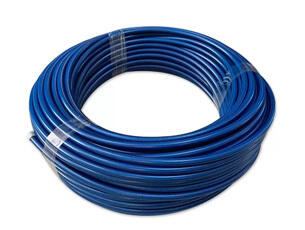
Recognized as some of the best brake lines for motorcycles, Hengshui BURK's products combine lightweight design with exceptional durability. These brake lines feature a braided stainless steel outer layer over a PTFE inner core, offering minimal expansion and precise brake control. The lightweight construction (up to 40% lighter than steel tubes) reduces unsprung weight, improving motorcycle handling. The lines are available in motorcycle-specific lengths and configurations, with OEM-style fittings for easy installation on popular models from brands like Honda, Yamaha, Harley-Davidson, and Ducati. They undergo rigorous flex testing to withstand the constant movement of motorcycle suspensions and are heat-resistant to protect against exhaust and brake rotor temperatures. The best brake lines for motorcycles from this company deliver a firm pedal feel, reduced fade, and increased safety, making them a top choice for sportbike riders, cruisers, and adventure motorcyclists.

Copyright © 2025 by HENGSHUI BRAKE HOSE MACHINERY CO.,LTD — Privacy Policy